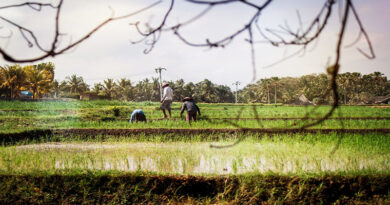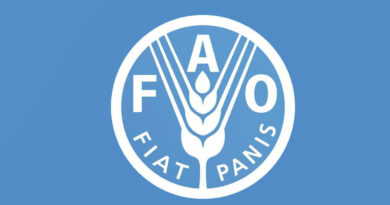The best start for spring barley in Scotland
14 January 2021, Scotland: Spring is just around the corner, and after another wet autumn, it is key to establish a strong spring barley crop with healthy seed. For farm saved seed, germination should be tested as a minimum in order to calculate seed rates correctly, (certified seed germination figures can be found on the bag). Seed treatments such as VIBRANCE Duo can protect the crop against common seed-borne diseases such as loose smut and leaf stripe. Check the product label to ensure you get suitable protection from these diseases.
Due to the shorter growing season, spring barley doesn’t have the opportunity to tiller as much as winter barley, therefore target plant establishment for spring barley is around 300 plants/sqm in order to achieve the optimum yield and quality. Wet autumns and dry springs are far more common now, and as a result, we have seen seed rates creeping up over the last few years to mitigate against plant losses. 350-375 seeds/sq m used to be the starting point, but now 400+ seeds/sq m is a reality on many farms.
Early nitrogen will be another consideration, for low nitrogen contracts below 1.65%. Syngenta trials found no significant difference between applying 100% in the seedbed or in 2 splits, applied before GS15. For high nitrogen contracts achieving a grain N above 1.85%, we have seen that increasing total nitrogen has the biggest impact on grain nitrogen, but a later application can also help to boost it.
The movement of a large area of Scottish Spring barley from the older variety Concerto to Laureate has brought many benefits such as higher yields and better disease resistance, but also a differently structured crop. More tillers and a larger canopy has prompted a need to change the way the crop is managed. PGRs such as MODDUS are becoming more common, but they should be managed according to the season. A T1 application will help strengthen the stem structure, whereas a later T2 application will slow apical growth and limit height. In high pressure years both applications may be needed, but in years with drought stressed crops, too much PGR can cause a reduction in both yield and quality so applications should be tailored to the year.















